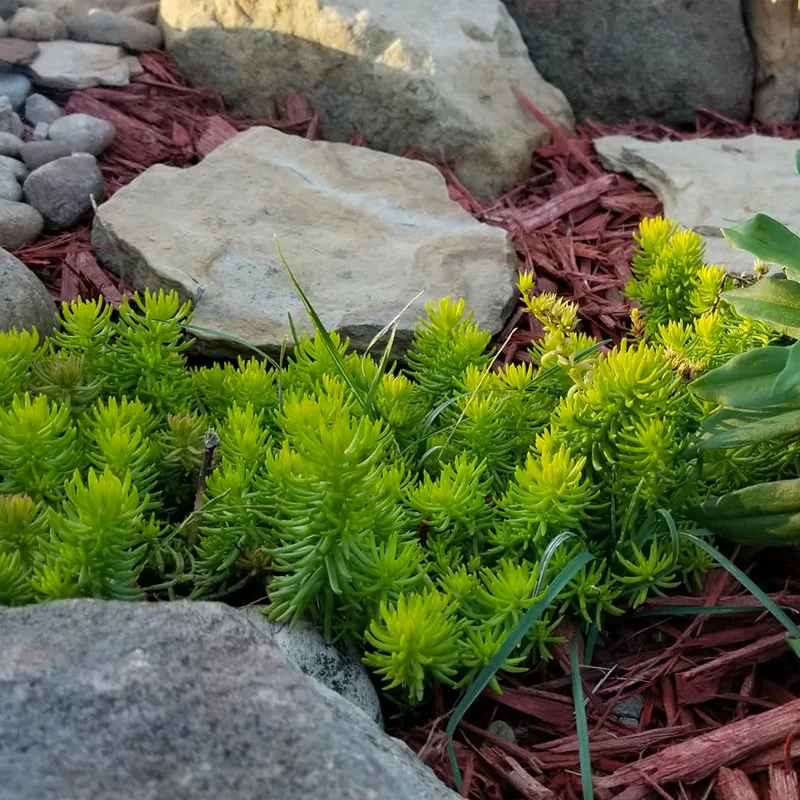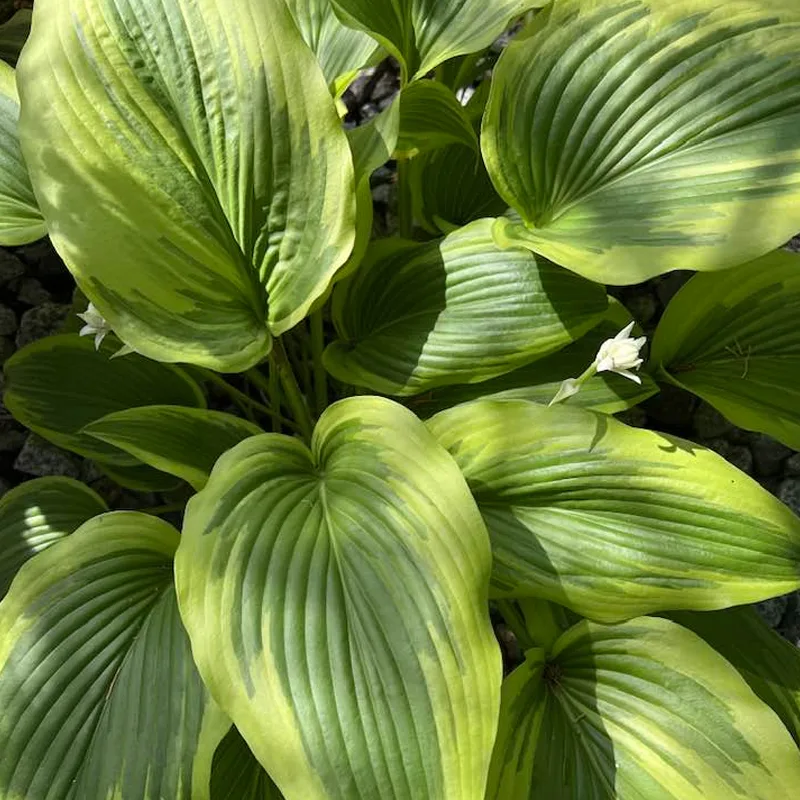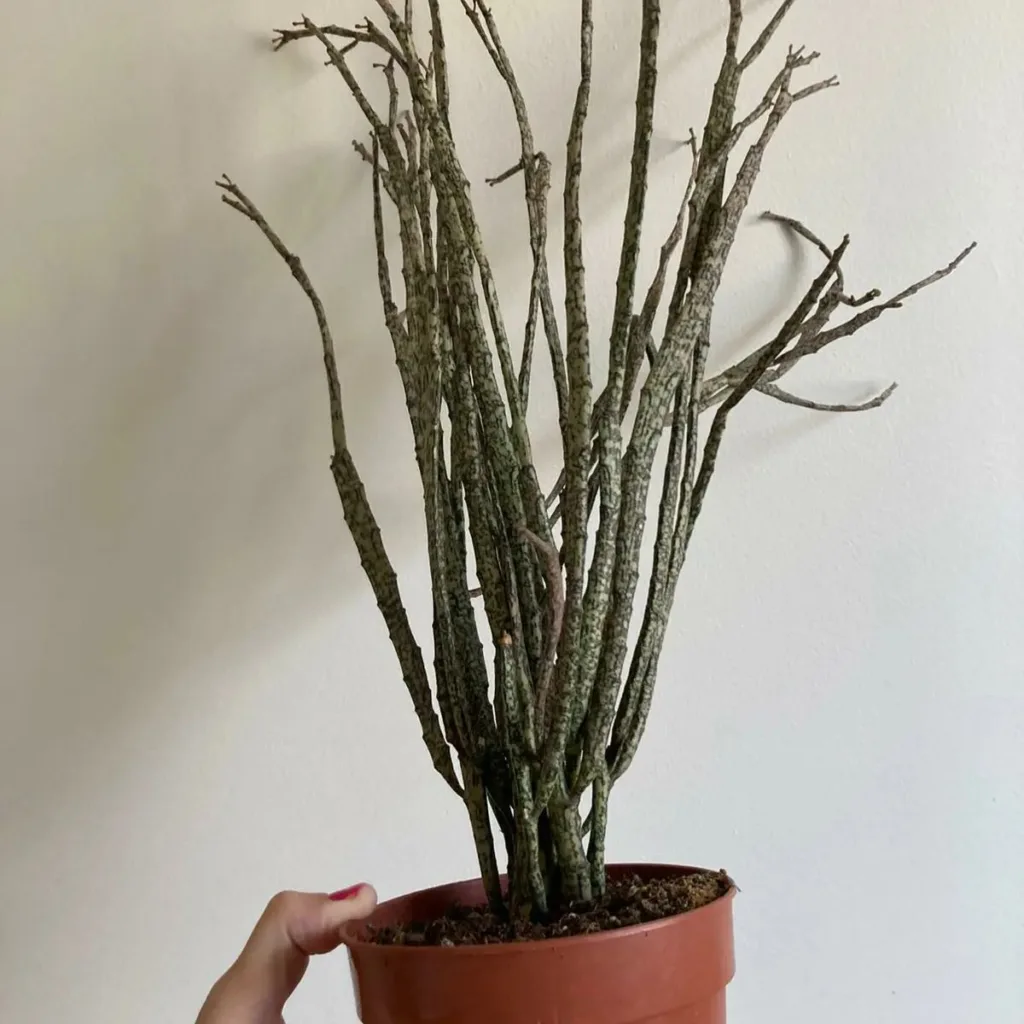Syzygium Smithii: FAQs and Essential Insights
Syzygium Smithii is a plant that has caught my attention recently due to its unique qualities and versatility. Often known as the Lilly Pilly, it’s a fantastic choice for gardeners looking to add a touch of elegance to their landscapes. Here’s a comprehensive guide to everything you need to know about this remarkable plant.
1237 Species in Genus Syzygium
What is Syzygium Smithii?
Syzygium Smithii, commonly called Lilly Pilly or Brush Cherry, is an evergreen shrub or small tree native to Australia. It’s renowned for its glossy leaves and attractive pink or white flowers that bloom in clusters. The plant also produces vibrant red or purple berries that are a hit with wildlife.
How to Care for Syzygium Smithii?
Caring for Syzygium Smithii is relatively straightforward, but there are some key aspects to keep in mind:
- Light Requirements: Syzygium Smithii thrives in full sun to partial shade. It’s essential to provide it with adequate sunlight for optimal growth and flowering.
- Soil Conditions: The plant prefers well-draining soil with a slightly acidic to neutral pH. It’s important to avoid waterlogged conditions, which can lead to root rot.
- Watering: Regular watering is crucial, especially during dry spells. However, make sure the soil dries out slightly between waterings to prevent overwatering.
- Fertilizing: Fertilize Syzygium Smithii with a balanced, slow-release fertilizer during the growing season (spring and summer). This will promote healthy growth and flowering.
- Pruning: Pruning helps maintain the plant’s shape and encourages new growth. It’s best to prune after flowering, removing any dead or damaged branches.
How to Propagate Syzygium Smithii?
Propagating Syzygium Smithii can be done through several methods:
- Seed Propagation: Collect seeds from the berries and sow them in a seed tray with a well-draining potting mix. Keep the soil moist and warm until the seeds germinate.
- Cuttings: Take semi-hardwood cuttings from the plant, ensuring they are around 10-15 cm long. Dip the cut ends in rooting hormone and plant them in a pot with a mixture of sand and peat. Keep the cuttings in a warm, humid environment until they develop roots.
What to Plant with Syzygium Smithii?
Syzygium Smithii pairs well with a variety of plants in the garden. Here are a few suggestions:
- Complementary Shrubs: Consider planting it alongside other Australian natives like Grevillea or Callistemon for a cohesive look.
- Flowering Plants: Mix in vibrant flowering plants like Petunias or Salvias to add color and contrast.
- Ground Cover: To create a lush garden bed, combine it with ground covers like Dichondra or Creeping Thyme.
Is Syzygium Smithii Toxic?
No, Syzygium Smithii is not considered toxic to humans or pets. Its berries are edible and are often used in jams and jellies, though their flavor can be somewhat tart. However, it’s always a good idea to consult a plant specialist if you have any concerns about specific varieties or local conditions.
Benefits of Syzygium Smithii
- Aesthetic Appeal: The glossy foliage and attractive flowers make it a beautiful addition to any garden.
- Wildlife Attraction: The berries are a food source for birds, and the plant can attract a variety of beneficial insects.
- Privacy Screen: Its dense foliage makes it an excellent choice for creating privacy screens or hedges.
Common Problems with Syzygium Smithii
- Pests: Syzygium Smithii can be susceptible to pests like scale insects and spider mites. Regularly inspect your plant and use appropriate pest control methods if needed.
- Diseases: Fungal diseases such as powdery mildew can affect the plant. Ensure proper spacing and air circulation to reduce the risk of fungal infections.
- Leaf Drop: Excessive leaf drop can occur due to overwatering or poor drainage. Adjust your watering practices and check the soil condition.
How Does Syzygium Smithii Compare with Other Similar Plants?
Syzygium Smithii is often confused with other species in the Syzygium genus or similar plants:
- Syzygium Australe (Australian Brush Cherry): While similar in appearance, Syzygium Australe typically has smaller leaves and a more compact growth habit compared to Syzygium Smithii.
- Syzygium Paniculatum (Punk Tree): This variety has a more shrub-like appearance and is often used for topiary. Syzygium Paniculatum also features different leaf shapes and sizes.
- Feijoa (Pineapple Guava): Often mistaken for Syzygium due to its similar fruit, Feijoa is a different species with distinct foliage and fruit flavor.
Final Thoughts
Syzygium Smithii is a versatile and attractive plant that can enhance any garden. With its easy care requirements, aesthetic appeal, and wildlife benefits, it’s a great choice for both novice and experienced gardeners. Whether you’re looking to create a vibrant garden bed or a lush privacy screen, Syzygium Smithii is worth considering.
If i die, water my plants!


